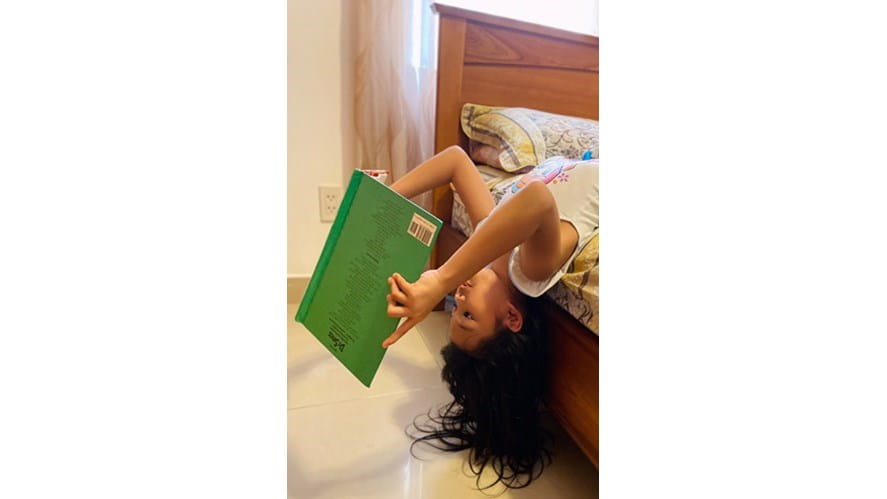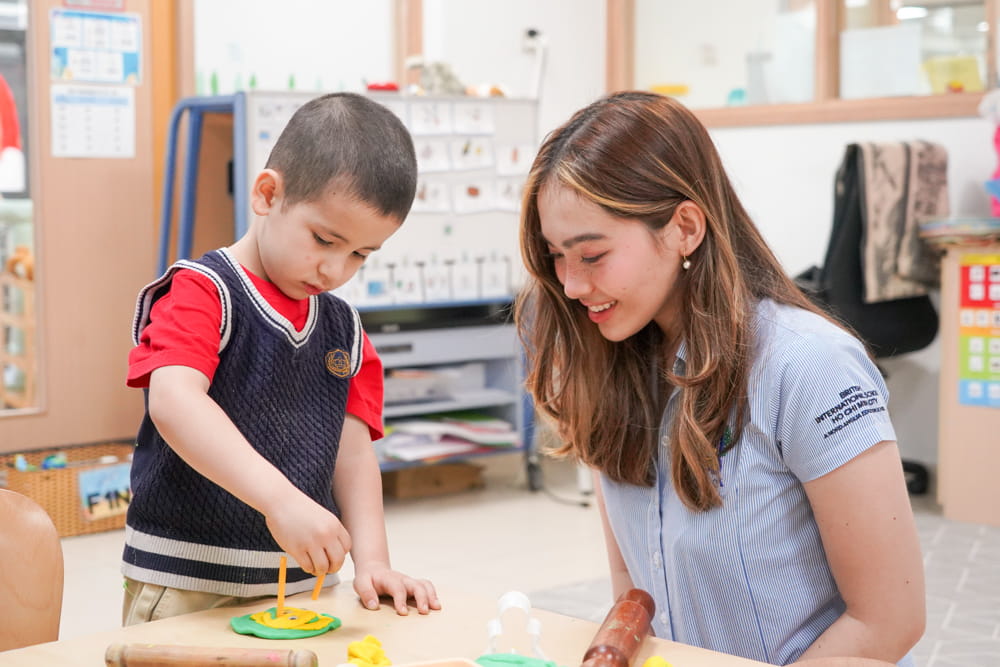Supporting Your Child with Reading at Home
‘Reading is the gateway for children that makes all other learning possible.’ – Barack Obama
‘Reading is the gateway for children that makes all other learning possible.’ – Barack Obama
Multiple studies have shown that reading - and being read to - supports children’s academic and emotional development. It is one of the best activities you can do at home.
Earlier this week, our Primary English Team hosted a webinar entitled ‘Reading at Home’. We explored ways in which parents can support their children’s reading journey. You can view a recording of the webinar and slides here. In this article, we will summarise the webinar and give our top ten tips for nurturing a love of reading in your child.
A child who is read to for only 20 minutes a day is exposed to around two million additional words per year. If they read or hear just one book a day, they will have explored around 4,000 books by the end of primary school. Imagine the knowledge and insight your child will have gained from reading!
Reading is both a window and a mirror. A child in a busy city can experience the life of a family in an African village or in Ancient Rome. Additionally, stories help children understand and accept their own emotions. Simply put, exploring, sharing and discussing books benefits children’s development at any age and in every way.
How to Read with Children
For very young children, five minutes spent sharing a story may be enough. However, as your child moves up the primary school, building towards 20 minutes of reading a day is the goal. Some children, once they develop a love of books, may read for much longer! Reading at home can take three forms: reading to your child, reading with your child, and independent reading. Each provides numerous benefits.
Reading to Your Child
In the early years, you will mostly be reading to your child as they begin to explore books, point to pictures they recognise, and repeat words and phrases from the story. As well as being a wonderful bonding experience, reading to your child builds listening skills, memory, vocabulary and understanding of concepts. However, it is important not to stop reading to your child once they can read independently. Older children love listening to stories just as much as younger ones do.
Reading with Your Child
Once your child begins to decode words and phrases (and even before), they can read to you. The process of reading with your child involves listening to them read aloud and asking them questions. Getting children to describe pictures, make predictions, and remember details from the text are all proven strategies for helping your children understand texts. For older children, asking them to summarise information and answer ‘How’ and ‘Why’ questions help to develop deeper comprehension. Remember that reading with your child should not be a test. Patience and encouragement will make it a positive experience.
Independent Reading
As your child develops as a reader, they are likely to spend more time reading silently by themselves. At this stage, they may still ask you for support with understanding difficult words and concepts, and independent reading still provides an excellent opportunity for discussion.
Choosing Books
In school, our teachers and librarians support your children in choosing suitable and engaging books. To assist parents with selecting books, The Book Trust in the UK has compiled a list of the 100 best books for children aged 0 - 14, which you can view on this website. The availability of English language books in Vietnam has improved over recent years, with many titles available in bookshops such as FAHASA, or through online retailers like TIKI. Furthermore, difficult-to-find books can be downloaded in e-book format to the Kindle app through the Amazon website.
Ten Tips to Nurture a Love of Reading
- Make use of the school library: All children visit the library once a week where they choose from thousands of quality books. Make sure your child brings their library folder to school, and explore the new books together.
- E-books are fine: Your child’s Reading Eggs account gives access to a host of level-appropriate e-books. While they should not replace traditional books altogether, e-books are convenient and help motivate children to read. We also have a range of e-books available in the library.
- All reading has value: Exposing children to a range of text types is important. This can even include comic books and magazines. The students in Years 5 and 6 have a log-in for First News, an award-winning news website written especially for children. Why not read and discuss one story a day?
- Reduce the pressure: Children often enjoy re-reading the same story or choosing the same type of book. This is normal, and developing a love of reading is the most important thing. Pushing children to read books they are not interested in or that are too challenging could put them off reading.
- Talk about books: High quality discussion is vital for linguistic and social development, and ‘book talk’ helps children to gain a deeper understanding of texts. Ask your child questions before, during and after reading.
- Bilingualism is brilliant: Multiple studies show that bilingualism is good for brain development. It also connects children to their cultural background. Sharing and discussing books in your home language has enormous benefits for your child.
- Make time for bedtime stories: As the popularity of audiobooks and podcasts show, people of all ages love listening to stories. Building bedtime stories into the family routine is a great way to bond and unwind before sleep, even for older children.
- Create a ‘book nook’: A few cushions and a simple bookshelf is all it takes to create an inviting environment where children want to spend time and read. Try displaying books with the cover facing outwards (like records in a music store) to make them more accessible and appealing.
- Be a reading role model: Make sure your children see your reading regularly. If you read on your device, let your child know that you are reading and not playing a game. If you demonstrate a love for reading, your child will follow.
- It’s never too early or late to start reading: From exploring a soft book with a baby to discussing the themes of a novel with an older child, the best time to start is now. By building reading into your child’s daily routine for up to 20 minutes, you can make a huge difference.
Useful Links
Mr John Lee and Ms Carli Holbrook, Primary English Leader







